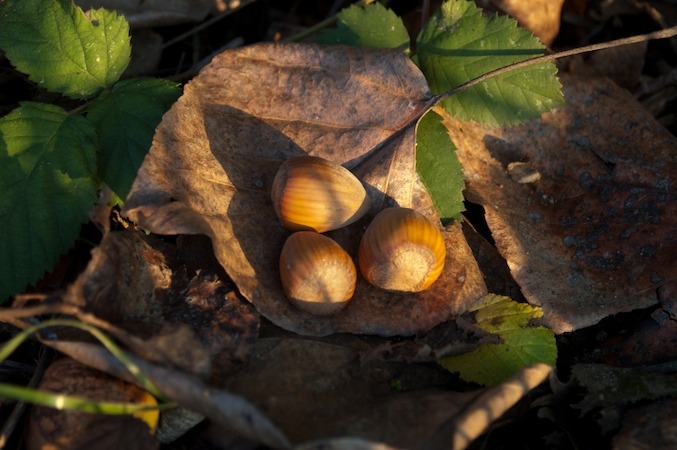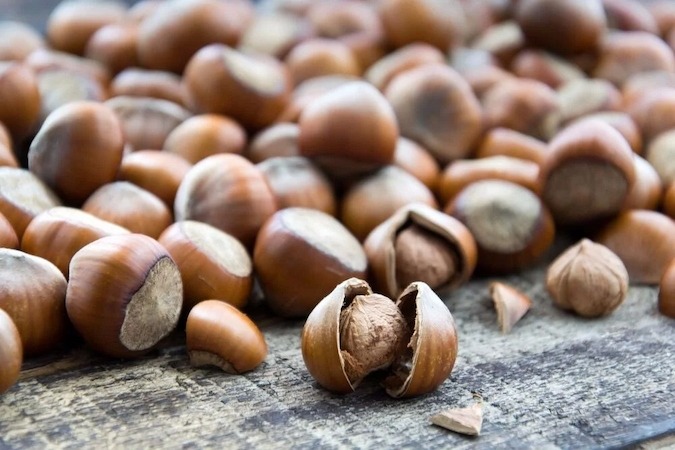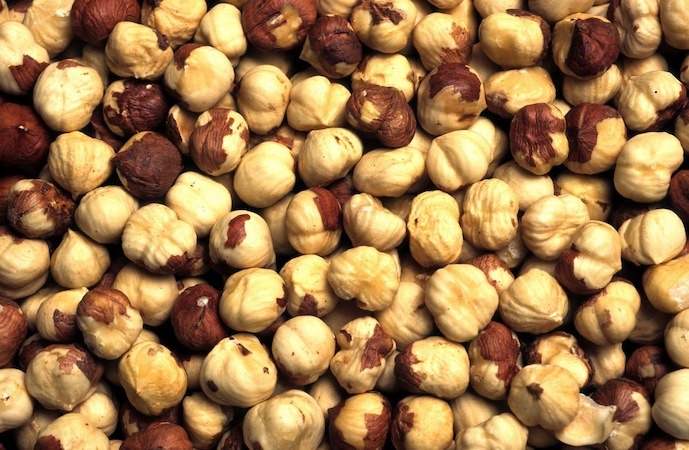No matter where in the world hazelnuts are sowed, the production of high-quality hazelnuts depends on so many factors.
The soil, the weather, and choosing the right poisoning for killing bacteria, fungi, and pests need to go hand in hand to produce a large number of high-quality hazelnuts in the long run.
Therefore, farmers need to consider these factors to produce desirable hazelnuts for domestic use and exporting.
Hazelnuts are grown almost all over the world but there are a few countries that grow excellent hazelnuts and have the skills to protect the trees from any possible harm so that they can sell them to their domestic and foreign customers and meet the quality standard.
There might be different kinds of hazelnuts in the market but the hazelnuts that meet the quality standard in the world are those that come from the countries known for having the best hazelnuts for years which are mentioned below.

Where Are Hazelnuts Grown in the World?
According to statistics released by the FAO, Turkey is the largest producer of hazelnuts in the world, producing 420,000 tons per year.
Turkey produces 75% of the world’s production of hazelnut.
Italy and the United States are second and third.
Italy is the second-largest producer of hazelnuts with a production of 120,000 tons of hazelnuts and the United States is the third-largest producer of hazelnuts with a production of 34,000 tons.
Spain, France, and Iran come next.
These countries especially Turkey gain a considerable amount of profit annually from producing and exporting hazelnut to other countries.
It might sound surprising but Italy is one of the biggest importers as well.
It is due to a famous major Italian brand called Nutella.
Hazelnut is the main ingredient in Nutella production and its manufacturing company consumes a quarter of the world’s hazelnut.
Turkey and Italy are the biggest producers of hazelnut in Europe.

Northwest Hazelnut Company
As you might know in every country some lands are most suited for sowing a certain crop.
The same thing is true about hazelnuts.
The highest quality hazelnut in America is in northwest America, in Oregon, Willamette Valley.
It owns almost all the hazelnuts in the US.
It has a very delicious taste and its size is large.
Many family farmers own lands in Oregon and work hard to have the biggest production in America.
So far, they have been very successful.
66 % of Oregon’s production is used for exporting to other countries.
90 percent of this amount is shipped to China.
Oregon’s hazelnuts have fourteen types and each type has a different specification most of which are sold either roasted or raw.
They are prepared in different forms such as shells, kernels, diced, and flours.
Northwest hazelnuts are also used for making cookies and candies.
The manufacturers in this area use recent technology and powerful equipment for producing a variety of products.
One of the strategies used by Northwest Hazelnut companies is to multiply the number of their hazelnut productions.

American Hazelnut Hedge
The hedge of American hazelnut is native to most regions of America.
This hedge with its attractiveness and beauty can make a scenic landscape in your garden.
Everyone would need such a tree to both enjoy the view and consume its edible tasty nut.
It has green uniform leaves and it can become 8 to 15 centimeters tall.
The fruit of the hazelnut tree is covered with a leafy involucre and it has a hairy surface.
A group of hazelnut fruit grows together in a cluster.
American hazelnut is found all over the U.S.A. Hazelnut hedges grow in soil that has moisture and is well-drained.
Hazelnut hedge has a noticeable wildlife value.
Several insects make use of this hedge and feed themselves such as beetles and bugs.
Not only can insects make use of this nut, but also humans can consume this as a highly nutritious snack.
It can prevent memory loss and boosts the cognitive function of the brain.
It is also able to cure cancer to a certain degree.
It decreases the fat in the blood and strengthens the bones and joints.
Some people are allergic to hazelnuts but they cannot be categorized as one of the fruits that often cause allergies.
Therefore, many people can eat this nut without having to worry about getting allergic although it is better to taste it a little to see how your body reacts.
Hazelnuts are sowed in spring and are harvested in early fall.

Hazelnut Tree Problems
It is common for fruits and vegetables to have fungal infections and pests.
Hazelnut tree is not an exception and can be damaged by them, that is why farmers need to know how to get rid of them so that they keep their trees.
Sometimes this infection doesn’t cause much harm to the hazelnut tree except for the fall of a few leaves.
Some fungi make some parts of the leaves turn yellow or purple.
But there is nothing to worry about. Some poisons can remove fungal infections from the tree.
Pests also have destructive effects on trees.
As an example, Coccus hesperidium sucks in the tree sap and it leads to the weakening of the tree.
The other pest is the hazelnut aphid.

A group of them gather on the leaves and make exudation which attracts dust and insects.
These insects can pass on viruses to the tree and harm it.
Poisoning is the only way to wipe out this insect.
As you might know, wherever spider mites make webs, there will be more dirt and dust.
Spiders can ruin the leaves and the warmer the weather gets, the damages get more severe.
In addition, leaf rollers do the same damage to the leaves.
If farmers would like to keep the tree safe and sound, they should do it from the beginning.
To do that, they ought to remove any infected stump and use proper poisoning for removing pests.
As already mentioned, there is a wide variety of hazelnuts grown all over the world and if you have the intention of purchasing hazelnuts for any purpose, our consultants are available to guide you.

0
0